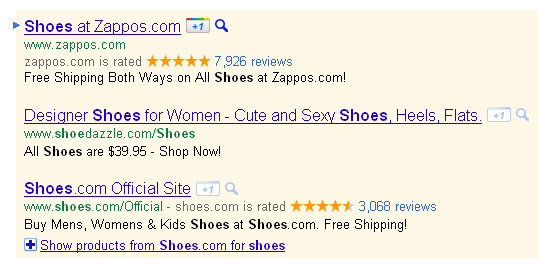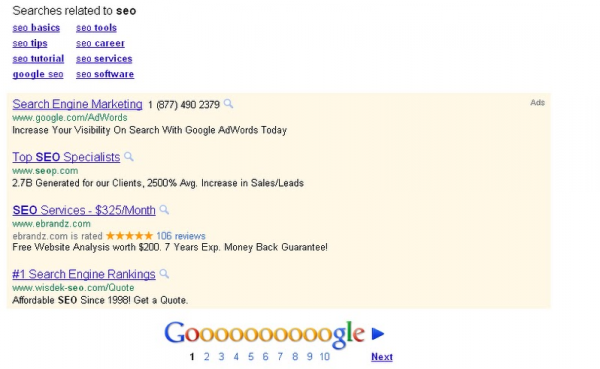In the seven years I’ve been in the automotive industry, I’ve noticed that much of the thinking tends to be segmented – Internet Dept vs. Showroom, New vs. Used, Sales vs. Service. A lot of times, this way of thinking rolls over to the advertising and marketing your dealership does, including that of your vendors – Paid vs. Organic, Digital vs. Traditional, Print Vs Online.
Many industries suffer from this either/or mentality, but the more you can think in terms of “and” (especially in your marketing), the more successful your dealership can be. A recent Marin Software study explored the differences in online marketing campaigns that separated their search and social advertising and those that combined those marketing efforts.
Google’s “The Customer Journey to Online Purchase” found that social interactions in the path to conversion “assist” other digital channel conversions twice for each time a click on a social ad directly contributes to a conversion. This stat alone gives cause to manage digital marketing campaigns together, not in a vacuum.
In fact, in Google’s “Digital Drives Auto Shopping” study in November 2013, they found that the average consumer has 24 research touchpoints (including Digital and offline media) in their purchase process. The increasingly fragmented (and often lengthy) road to sale means that when you’re not tracking and managing social and search ads together, you could be missing opportunity and your true ROI.
The Marin study found two key takeaways:
- Customers Who Click on Search AND Social Ads are More Likely to Buy
- Customer Who Click on Your Search AND Social Ads Spend More

In fact, those that clicked on both search and social ads had a click-through rate 4X higher than those that only clicked on social ads and approximately twice the . More and more car shoppers are using search and social to find your dealership and to help choose their next vehicle. Encouraging shoppers to interact with your ads across multiple platforms means better conversion rates and ROI for your dealership. Try parroting your social ads with search ads and vice versa; present the same branding message across both platforms to increase click through rate. Retargeting is a great example of this type of combined, cross-channel marketing.
Change your marketing focus from the medium you’re using to advertise, and combine mediums to focus on the consumer. How can you best reach your potential customers using all of your advertising options?
Interested in learning more? Check out the white paper from Marin Software, The Multiplier Effect of Integrating Search & Social Advertising, and talk to your digital marketing vendors. Make sure that your Google Analytics accounts are set up to track multi-channel conversions. Find out what they are doing to help your dealership reach your target audience, not just what platforms they’re running your ads on.




